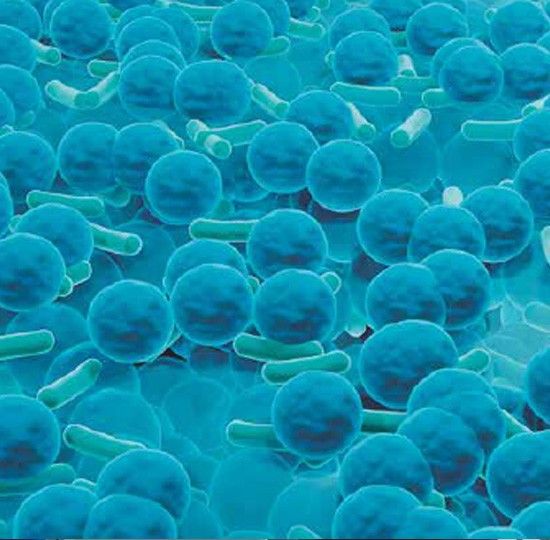

What is biofilm and How is it formed?
Recently, the magazine: “Alimentaria” published an article by the Head of the Biotechnology Department at A&B Laboratorios de Biotecnología, Francis Barbero, which clearly explained the development of biofilm in the food Industry and its implications both in terms of health and economics.
According to the article, the presence of biofilm in the food sector is a biological hazard with a major impact from a health and economic perspective; since it can cause food spoilage, reduction of the products’ shelf life or transmission of pathogenic microorganisms.
Biofilm is defined as a complex community of microorganisms, which may consist of one or several species that are irreversibly attached to the surface and to each other; they are embedded in extracellular polymeric substances (EPS) that they produce themselves which constitute the so-called matrix; in other words, microorganisms of one or several species create a community in which a kind of “mucus” that holds them together causes them to adhere to the surface, hence producing the biofilm.
In food processing environments, there are a series of conditions such as humidity, temperature, nutrients, the specific microorganisms derived from the raw materials with which the food product is prepared… which promote the development of biofilms.
Biofilm is definitively a living structure which is born, reproduces and can perpetuate itself over time if we do not manage to completely eradicate it. In order to prevent it, among our A&B live Bio solutions, you will find the enzymatic detergent developed to effectively prevent and control the formation of biofilms and as a result, reduce or eliminate the biological risk.
If you wish, you may read the complete article in Spanish here



